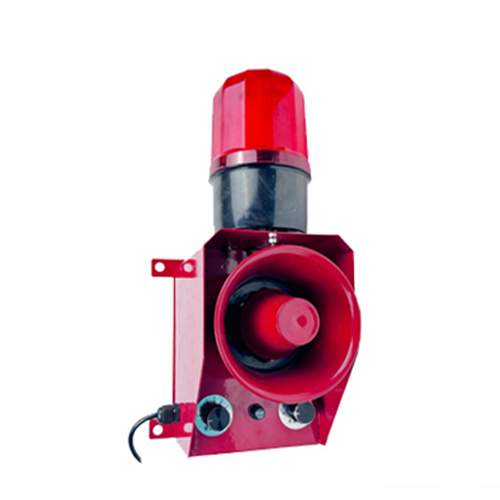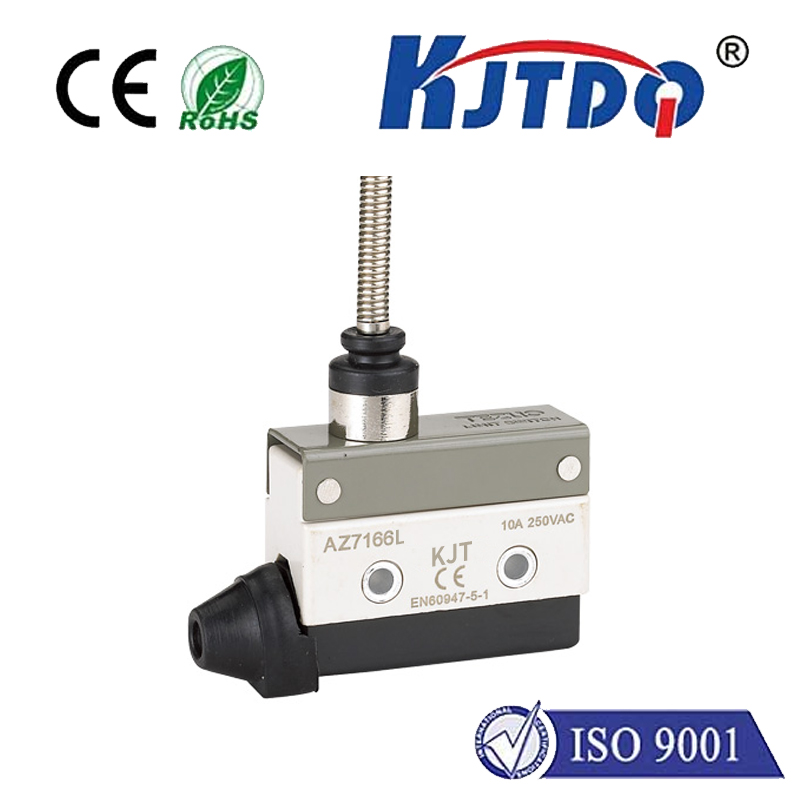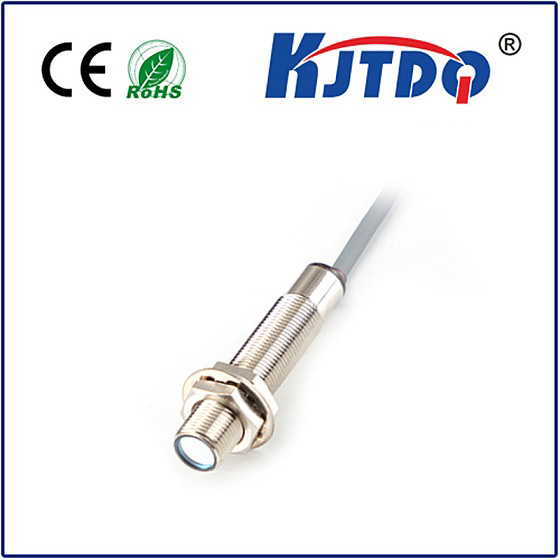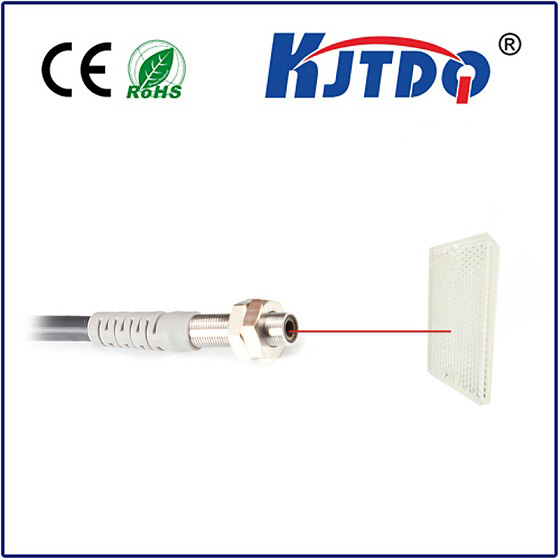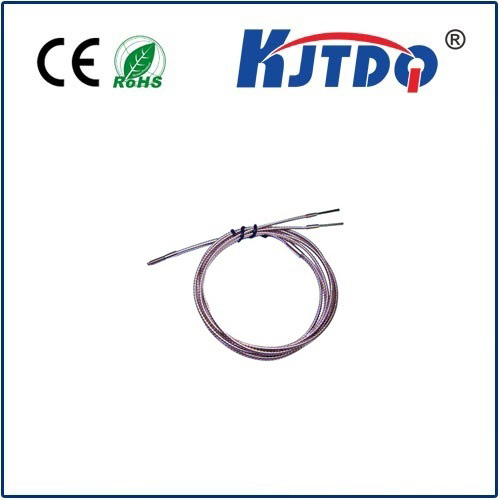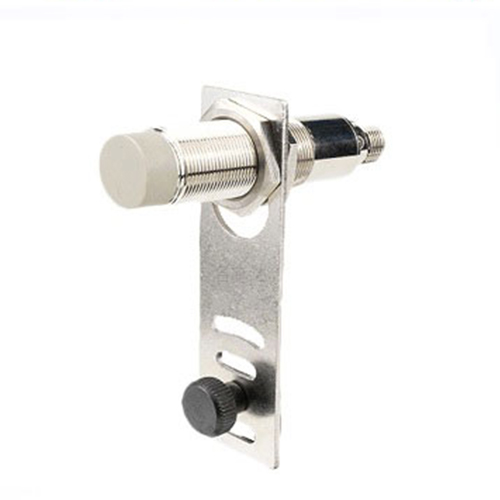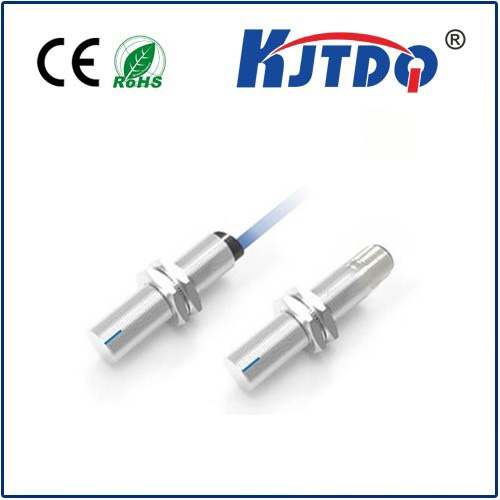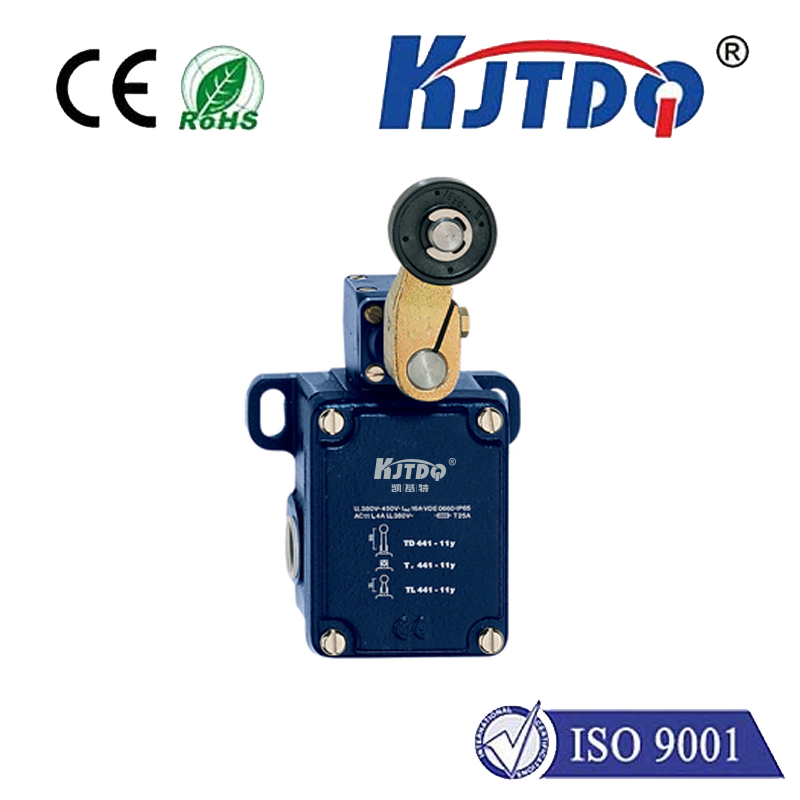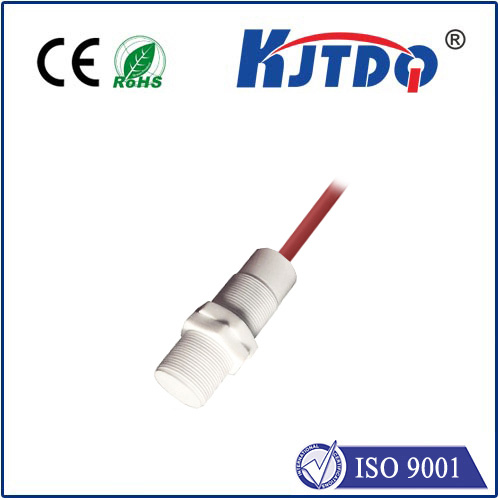

check

check

check

check

check

check

check

check

check

check
Sure, here's a possible article about "Laser-based distance sensor":
Title: Revolutionizing Distance Detection with Laser-based Sensors
Introduction:
With the increasing need for precise distance measurement in various industries, scientists and engineers have been exploring different methods to develop reliable and cost-effective sensors. One promising solution is the use of laser-based distance sensors, which leverage the unique properties of lasers to detect distances with high accuracy and speed. In this article, we will explore the basics of laser-based distance sensors, their advantages over traditional techniques, and some real-world applications where they are being used.

Body:
1. What are Laser-based Distance Sensors?
Laser-based distance sensors work by emitting a short, powerful beam of light from a laser diode or optical amplifier. The receiver then measures the time it takes for the light to travel back to the sensor and calculates the distance. This method allows for extremely fast and accurate measurements, as well as high precision and consistency across different environments. Moreover, laser-based sensors do not rely on any external components, such as mirrors or lenses, which can complicate their design and reduce their reliability.
2. Advantages of Laser-based Sensors
Compared to traditional distance measurement techniques like infrared or ultrasonic sensors, laser-based sensors offer several advantages. First, they have a longer range and higher accuracy than most other types of sensors. Second, they can detect distances ranging from a few centimeters to hundreds of meters, making them suitable for a wide range of applications. Third, they operate silently and do not produce any interference or noise that could affect the measurement results. Finally, laser-based sensors are relatively easy to implement and integrate into existing systems, as they only require a single optical input and output.
3. Applications of Laser-based Sensors
There are numerous applications where laser-based sensors can be used to measure distances accurately and reliably. Some examples include: automotive testing and diagnostic systems, robotics and automation, industrial inspection and quality control, medical devices and surgery, and environmental monitoring and sensing. For example, in automotive testing, laser-based sensors can be used to measure the distance between objects on the road surface or between vehicles during collision testing. In robotics and automation, laser-based sensors can help robots navigate complex environments by providing accurate information about the size and position of obstacles. In medical devices and surgery, laser-based sensors can be used to measure the thickness of tissue or detect abnormalities during imaging procedures. In environmental monitoring and sensing, laser-based sensors can be used to measure air pollution levels or detect changes in water quality caused by contamination.
Conclusion:
In conclusion, laser-based distance sensors represent a significant breakthrough in distance measurement technology. Their ability to provide fast, accurate, and reliable measurements has made them an attractive option for a wide range of applications across multiple industries. As research continues to improve these sensors, we can expect to see even more innovative uses emerge in the future.
